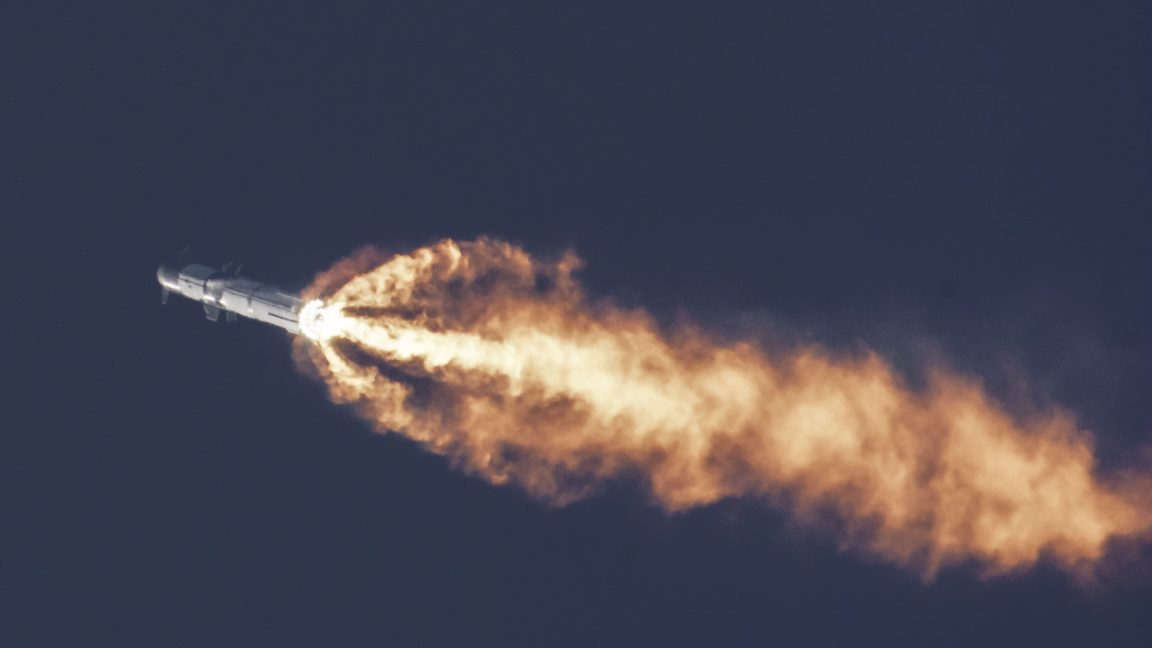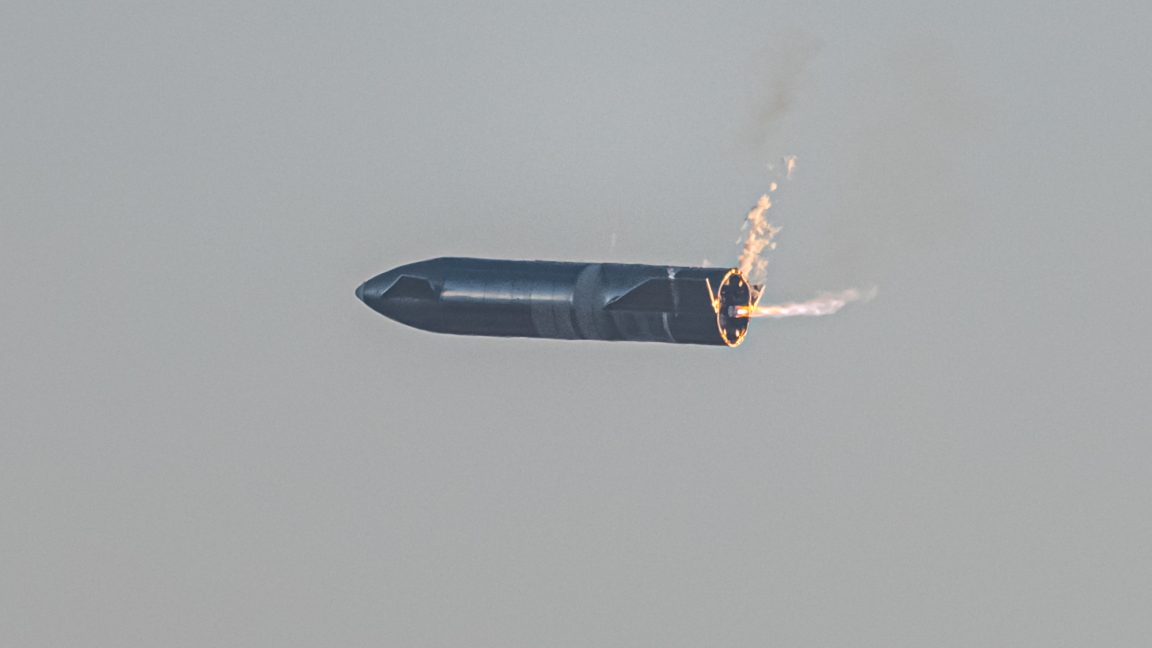Here’s part II of Greg Autry‘s series on cislunar activity.
From the article: “Orbital real estate is extremely limited and – in the absence of any coordination or law preventing occupation of those desirable orbits – the rules of First Mover Advantage must apply.”
In particular, Earth-Moon Lagrange points 1 and 2 are going to be in high demand. NASA’s Lunar Gateway architecture will stake a not-so-subtle claim on L2.
I’ve already written the scenes in my next book that involve lunar landing. But, I have to say, the idea of a space elevator from L1 to near the Moon’s south pole is almost too good to ignore. I might have to revisit those scenes.
Lunar Orbital Congestion II: Economic and Strategic Drivers
The 2nd in a series, this article considers economic forces driving lunar orbital congestion and competition over locations strategic locations in the Earth-Moon system.



 Ars Technica
Ars Technica 

 Forbes
Forbes 



 Casey Handmer's blog
Casey Handmer's blog 


